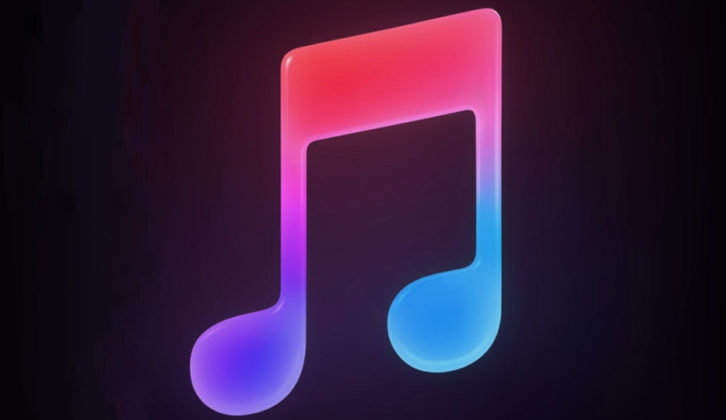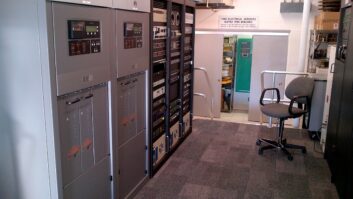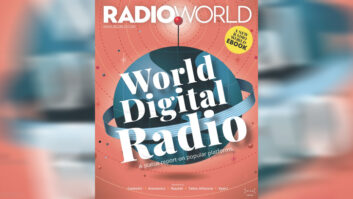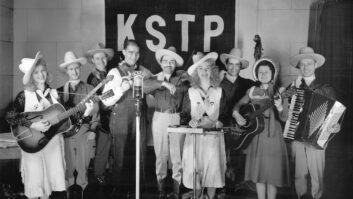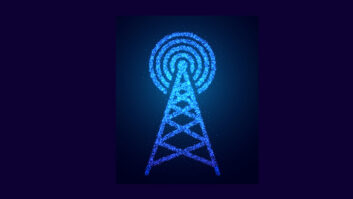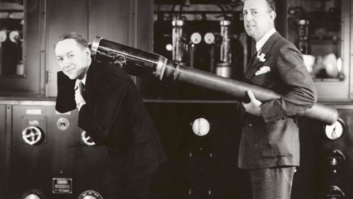In the U.S., about 43 million people — 18% of Americans aged 18 and older — now own a smart speaker. That’s according to the recently released Smart Audio Report from NPR and Edison Research.
The report divvied smart speaker owners by length of ownership to determine if the habits varied.

Some broadcasters have speculated that smart speakers will help to recapture in-home listening for AM/FM radio. The Smart Audio Report queried respondents about listening habits, and 25% of First Adopters said that smart speakers were the primary device they use to listen, compared to 17% who favor AM/FM radio and 23% who use either either their smartphone or tablet most often. Among Early Mainstreamers, the most popular option is actually the smartphone/tablet at 26%, followed by smart speakers at 22% and AM/FM radio is also at 17% for this group.
While some in the radio industry are optimistic about smart speakers, others are concerned that the technology is displacing listeners who will not tune in via a different platform. This study indicates there may be some truth to that fear. In fact, 40% of First Adopters and 45% of Early Mainstream users said their smart speaker was replacing time they had previously spent listening to traditional AM/FM radio.
This isn’t entirely surprising. Some of the most popular smart speaker functions mirror the services traditionally provided by radio. For example, 90% of First Adopters and 89% of Early Mainstream have asked their smart speaker to play music. Weather reports were also requested by 81% of First Adopters and 85% of Mainstreamers, and checking the time was also a common ask at more than 60%. More than half of both groups asked for news updates; but only 41% of First Adopters and 47% of Early Mainstreamers said they have used the speaker to listen to an AM/FM radio station. In addition to many other tasks, users also said they checked on sports scores and traffic in the past week.
Podcasts do not seem to be especially popular among smart speaker owners. Only 6% of First Adopters and 4% of the Early Mainstream said they listen to podcasts several times per day. The most common answer was never listening to podcasts — 37% of First Adopters chose this option, and 30% of Early Mainstreamer also indicated this frequency. With that in mind, 60% of First Adopter and 74% of Early Mainstream podcast listeners say they choose to start to play a podcast directly via the smart speaker, rather than through the smartphone and then connecting to the speaker.
However, 63% of First Adopters and 70% of the Early Mainstream group agreed that they have been listening to more audio since they got the smart speaker.
The Smart Audio Report also explored attitudes toward different types of advertising. The most popular type appears to be the skills or features created by brands; 22% said they like them, and 59% said they don’t mind them. TV commercials appear to be the most hated — 45% said they don’t like them and only 6% like them. However, ad breaks on commercial radio isn’t popular, either; 42% said they dislike them and 8% like them, with 50% who are ambivalent. Public radio sponsorships/underwriting fared a bit better: 57% said they don’t mind them, but 34% still dislike these ads.
METHODOLOGY & OTHER STATS
The report is based on survey of 909 smart speaker owners aged 18 years and older. It was conducted in late May and early June of this year.
According to this data, there were not significant differences in the age groups that own a smart speaker. But it’s perhaps surprising that only 18% of those surveyed were millennials, while those 45-54 made up the largest cohort at 24%.
Another unexpected stat: 54% of those surveyed identified as women, defying the trope that men tend to be the techies.
